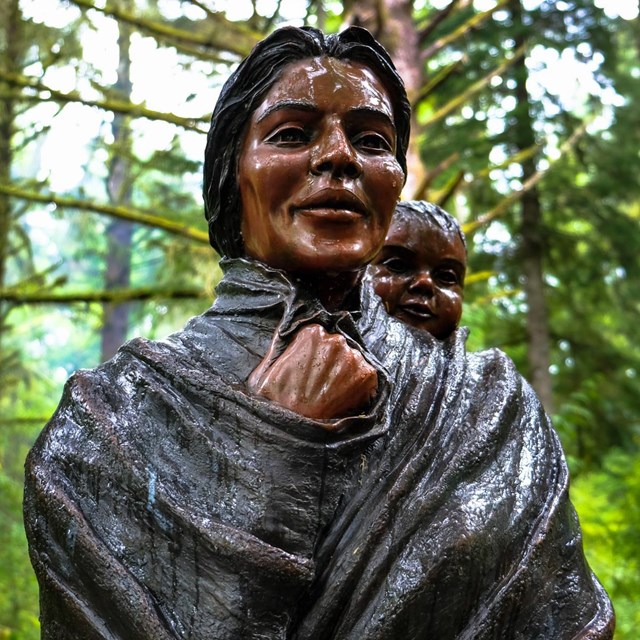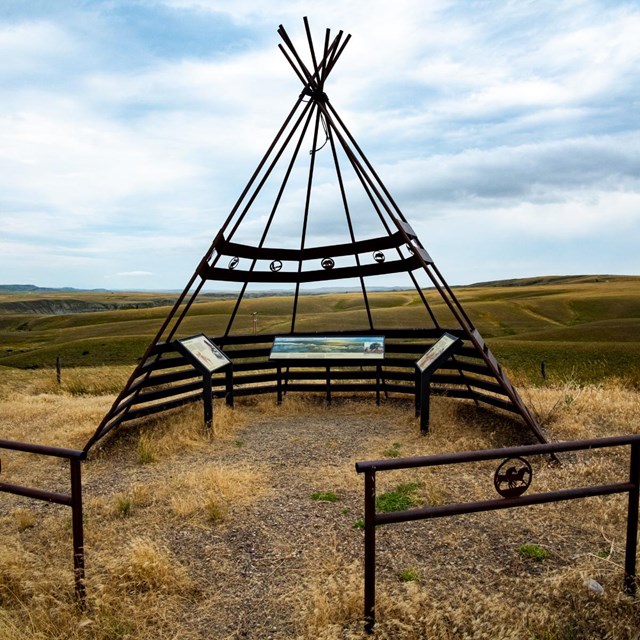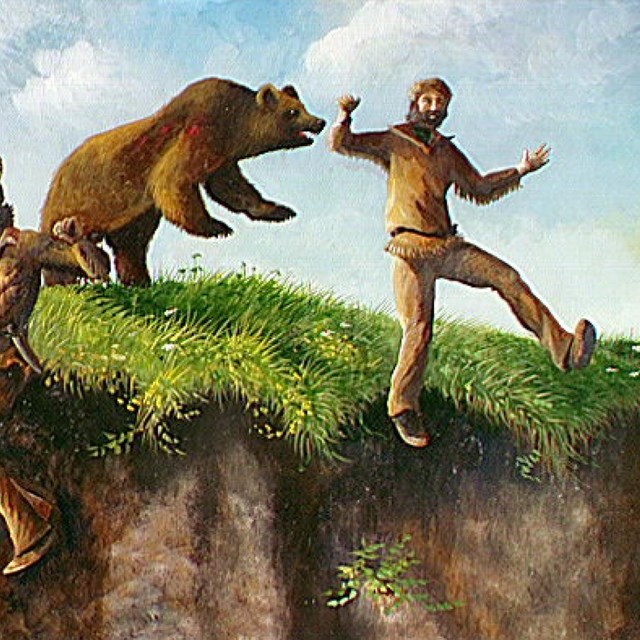About the Lewis and Clark Expedition
The Lewis and Clark National Historic Trail commemorates the 1803 to 1806 Corps of Discovery, which departed Pittsburgh, traced the Missouri River, crossed the Rocky Mountains, and proceeded on to the Pacific Ocean. This epic journey contributed to significant scientific knowledge and profound political, social, economic, cultural, and environmental changes to the lands and the peoples of the North American continent. While the Lewis and Clark Expedition is remembered as a heroic feat leading to the prosperous growth of a young nation, it was also a watershed moment that set forth untold loss to same the Tribes who helped the expedition survive.
The Corps of Discovery, diverse in their cultures, experiences, and skills, explored vast lands and participated in diplomatic encounters with Native nations. They traded with, learned from, and depended on friendly relations with more than 50 Tribes throughout the course of the journey. The American Indians who encountered the expedition had been living on the land for thousands of years and had complex societal, political, economic, and spiritual structures in place. The Native people shared their food, knowledge, and skills with the Corps of Discovery, aid that was essential to the expedition's survival.
The Lewis and Clark Expedition is more than the story of two men. It is the story of many: individuals and groups, military men and scientists, a president and an enslaved man, women and men, French-speaking boatmen and American Indians. It is a story of loss and hope. It is a story of changes that began in 1803 and that continue today.
Today the Lewis and Clark National Historic Trail works with partner sites across the country to provide opportunities for the public to learn about the expedition and its legacy from multiple perspectives. Learn more about some of these stories by visiting People and Places.




